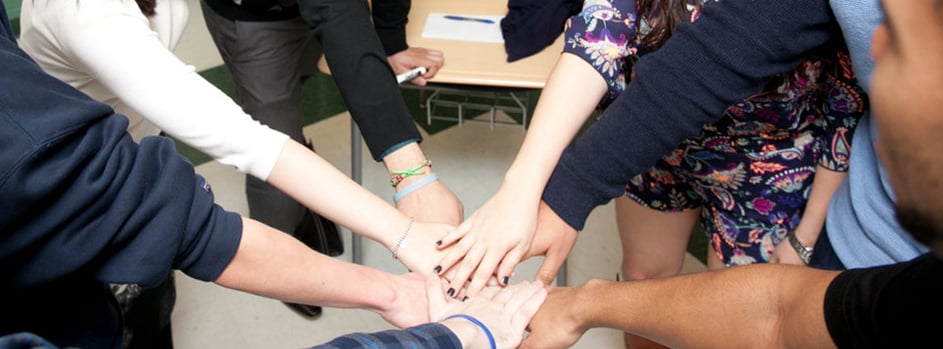Building an Inclusive Campus
Social Justice Definitions
While the list of social justice definitions is not exhaustive and does not present the only way to understand social justice frameworks, it serves as a guide to our work.
- Diversity: Having a variety of racial, sexual, gender, class, religious, ethnic, abled, and other social identities represented in a space, community, institution, or society. Derived from Adams, M et al. (2016). Teaching for Diversity and Social Justice. New York: Routledge. P. 1
- Equity: “Equity” is often conflated with the term “Equality” (meaning sameness). In fact, true equity implies that an individual may need to experience or receive something different (not equal) in order to maintain fairness and access. Derived from Morton, B. and Fasching-Varner, K. (2015). “Equity.” Encyclopedia of Diversity and Social Justice. Vol. 1. (Ed. S. Thompson). Lanham, MD: Rowman & Littlefield. p. 303-4.
- Inclusion: The active, intentional, and ongoing engagement with diversity—in the curriculum, in the co-curriculum, and in communities (intellectual, social, cultural, geographical) with which individuals might connect—in ways that increase awareness, content knowledge, cognitive sophistication, and empathic understanding of the complex ways individuals interact within systems and institutions. Derived from the Association of American Colleges & Universities
- Social Justice: Both a process and a goal. The goal of social justice is full and equal participation of all groups in a society that is mutually shaped to meet their needs. Social justice includes a vision of society in which the distribution of resources is equitable and all members are psychologically and physically safe and secure.” Derived from Bell, L. (2013). Theoretical foundations. In M. Adams, W.J. Blumenfeld, C. Castañeda,, H.W. Hackman, M.L. Petrs, & X. Zúñiga. (Eds.), Readings for diversity and social justice. New York: Routledge.
All-Gender Bathrooms
Regardless of an individual’s identity, these restrooms provide safety, privacy and dignity while on campus. Gender-neutral restrooms are open to all; including transgender individuals, gender non-conforming individuals, those who are caregivers to individuals of a different gender and individuals who have felt uncomfortable or unsafe while in a gendered restroom.
Our students, staff and faculty are at their best when they are comfortable in their place of learning, working or teaching, and these restrooms assist in this practice.
Brooklyn
- Hill Center on the third floor across from the dance studio
- Tuohy Hall on the second floor next to the nurse's office
- McEntegart Hall in the basement near the cafeteria
Long Island
O’Connor Hall
- First floor in the east wing near room E114.
- First floor in the north wing near room N120A.

Get Social
Get Social